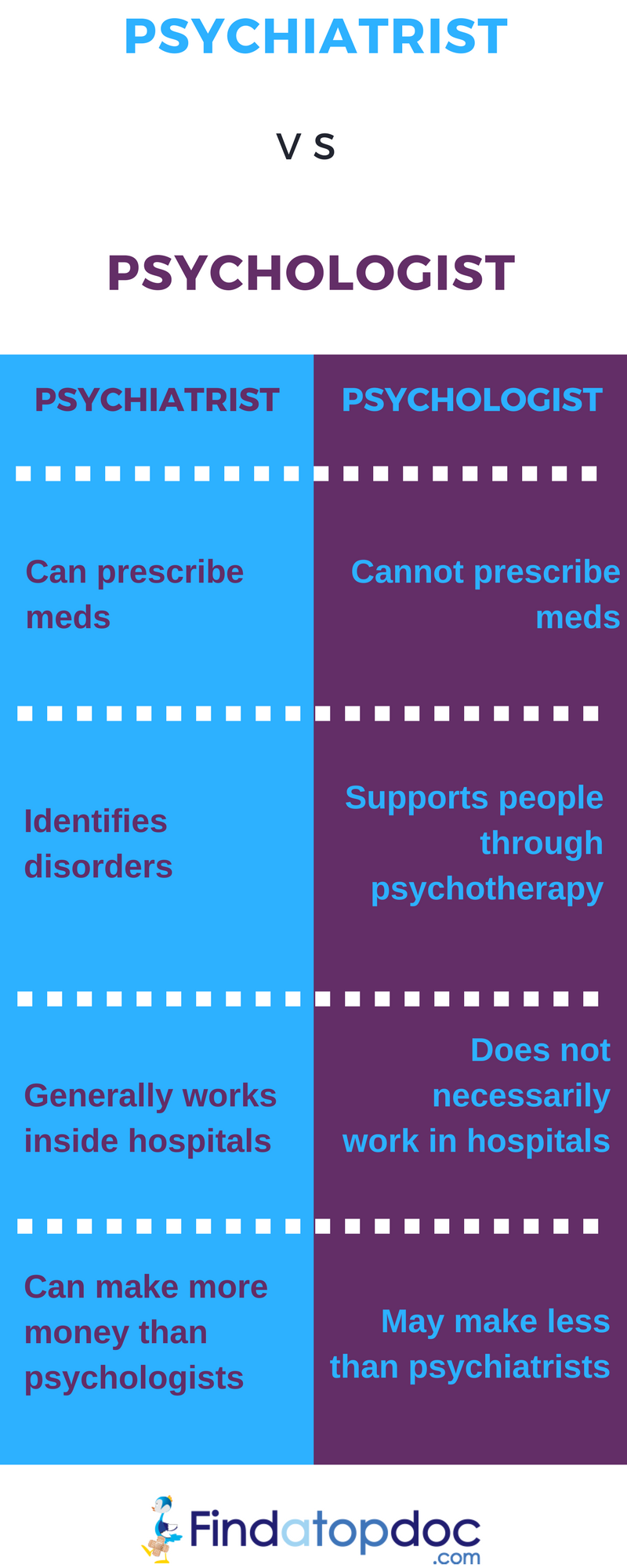What To Do If Someone Refuses Mental Health Treatment
What To Do If Someone Refuses Mental Health Treatment
Blog Article
How Do Mood Stabilizers Work?
State of mind stabilizers assist to calm areas of the mind that are influenced by bipolar affective disorder. These medications are most reliable when they are taken regularly.
It may take a while to find the best medicine that works ideal for you and your medical professional will monitor your condition throughout therapy. This will certainly include regular blood tests and potentially a modification in your prescription.
Neurotransmitter regulation
Neurotransmitters are a group of chemicals that manage one another in healthy and balanced individuals. When degrees come to be out of balance, this can result in state of mind conditions like anxiety, anxiousness and mania. Mood stabilizers help to prevent these episodes by helping regulate the equilibrium of these chemicals in the brain. They also may be made use of alongside antidepressants to enhance their performance.
Drugs that work as state of mind stabilizers consist of lithium, anticonvulsants and antipsychotics. Lithium is probably one of the most well known of these drugs and jobs by affecting the flow of salt via nerve and muscle mass cells. It is most often made use of to treat bipolar disorder, yet it can additionally be handy in dealing with other mood disorders. Anticonvulsants such as valproate, lamotrigine and carbamazepine are also efficient mood supporting drugs.
It can take some time to locate the appropriate sort of medication and dosage for every individual. It is necessary to work with your doctor and participate in an open dialogue regarding exactly how the medicine is helping you. This can be specifically helpful if you're experiencing any side effects.
Ion network modulation
Ion networks are a major target of state of mind stabilizers and lots of various other medicines. It is currently well developed that they are dynamic entities that can be modulated by a selection of exterior stimuli. Furthermore, the modulation of these networks can have a series of temporal results. At one extreme, adjustments in gating characteristics might be fast and instant, as in the nicotinic acetylcholine receptor/channel system. At the various other end of the spectrum, covalent modification by protein phosphorylation might cause adjustments in anxiety therapy network feature that last much longer.
The area of ion channel modulation is going into a duration of maturity. Current studies have demonstrated that transcranial concentrated ultrasound (United States) can stimulate neurons by triggering mechanosensitive potassium and sodium channels embedded within the cell membrane. This was demonstrated by shared channels from the two-pore domain potassium household in Xenopus oocytes, and concentrated United States considerably modulated the present moving via these networks at a holding voltage of -70 mV (appropriate panel, relative impact). The outcomes follow previous monitorings revealing that antidepressants impacting Kv channels regulate glia-neuron interactions to contrary depressive-like actions.
Neuroprotection
State of mind stabilizers, like lithium, valproic acid (VPA), and carbamazepine, are important in the therapy of bipolar disorder, which is defined by reoccurring episodes of mania and clinical depression. These medicines have neuroprotective and anti-apoptotic homes that aid to stop cellular damage, and they also boost mobile resilience and plasticity in dysfunctional synapses and neural circuitry.
These protective actions of mood stabilizers may be mediated by their restraint of GSK-3, inositol signaling, and HDAC task. Furthermore, long-term lithium treatment protects against glutamate excitotoxicity in cultured neurons-- a version for neurodegenerative problems.
Researches of the molecular and mobile effects of state of mind stabilizers have actually revealed that these drugs have a vast array of intracellular targets, including multiple kinases and receptors, along with epigenetic alterations. Refresher course is required to figure out if state of mind stabilizers have neurotrophic/neuroprotective activities that are cell kind or circuitry particular, and how these results might complement the rapid-acting healing feedback of these representatives. This will help to develop new, faster acting, much more efficient treatments for psychological ailments.
Intracellular signaling
Cell signaling is the process by which cells interact with their setting and other cells. It entails a sequence of steps in which ligands connect with membrane-associated receptors and lead to activation of intracellular paths that manage essential downstream mobile features.
Mood stabilizers act on intracellular signaling via the activation of serine-threonine healthy protein kinases, resulting in the phosphorylation of substratum healthy proteins. This activates signaling cascades, causing adjustments in gene expression and cellular function.
Numerous state of mind stabilizers (consisting of lithium, valproate and lamotrigine) target intracellular signaling pathways by hindering certain phosphatases or activating details kinases. These impacts cause a reduction in the activity of these paths, which results in a decrease in the synthesis of certain chemicals that can influence the brain and bring about signs of clinical depression or mania.
Some mood stabilizers additionally work by improving the activity of the inhibitory natural chemical gamma-aminobutryic acid (GABA). This enhances the GABAergic transmission in the mind and reduces neural task, thus producing a soothing effect.